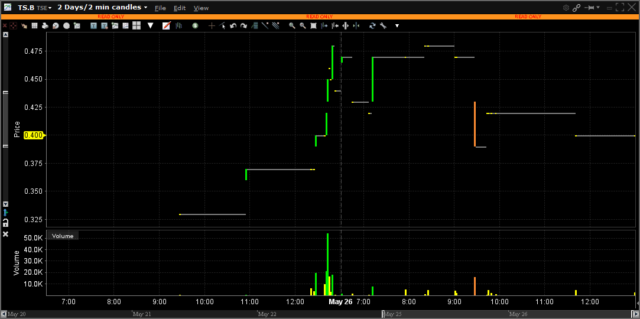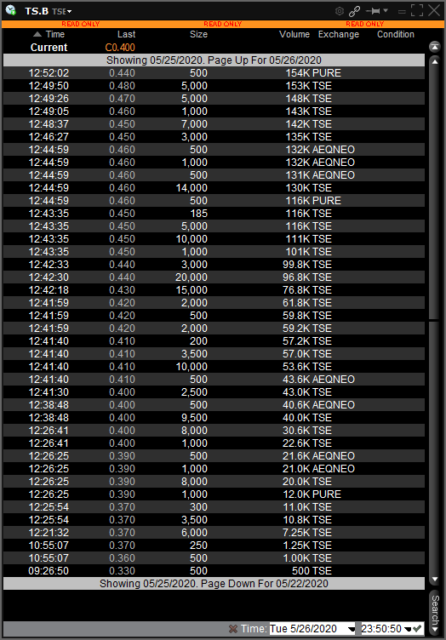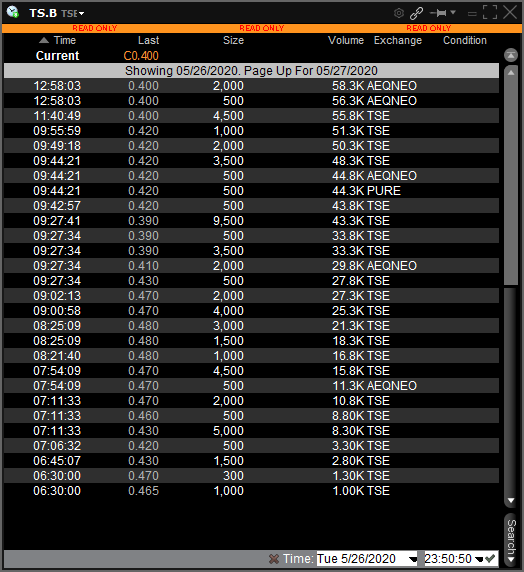Today wraps up another month in the markets.
This quarterly report is going to shape up to be one of the most interesting since the 2008-2009 economic crisis. May was a very active trading month. Indeed, something very rare is that my usually very concentrated portfolio has been flattened like the COVID-19 curve – today I count 18 separate issuers that I own either equity or debt positions in (some more concentrated than others). There is an additional three separate positions in various futures contracts. There are more balls being juggled up in the air than ever in the history of my portfolio.
I was caught very badly with the onset of Covid-19, but just because you lose a bunch of money on the way down doesn’t mean you have to earn it back in the same manner. Things are going to be a bit more tricky in the next month – predicting correctly the nature of the post-Covid normalization is where the bulk of the money will be made.
An investor wins in the Covid-19 era by avoiding where there is less likely to be demand. Although I’m sure a few of my picks are going to be duds, the nature of what happened (culminating March 23, 2020) will result in winners that will, by the virtue of mathematics, become more concentrated, while the laggards will naturally reduce in proportion to the overall portfolio.
But overall, there is still an obvious tailwind for the market. This is taking the market sailboat that we are all on in a forward and upward direction. The wind is going to slow its gusting (i.e. central banks will soon start to normalize monetary policy), but just because the wind slows down doesn’t mean the ship stops sailing forward. There’s momentum and plenty of participants that want to convert their zero-yielding cash into assets at ever increasing prices. The winners and losers of Covid-19 are well known by this point, and institutions have their sales data to place their near-insider bets on various retail agencies. Headlines now are concerned about racism and police brutality, geopolitical and electoral politics, another sign of normalization.
Finally, here is an un-testable prediction – on Saturday at 12:22pm Pacific Time, you can watch Elon Musk’s SpaceX launch a couple astronauts into space. While this might not seem like anything special, if this launch is successful, the S&P will rise faster than the rocket that took them up into space. I’ve always thought that SpaceX and not Tesla, SolarCity, Boring or Paypal is the gem of Elon Musk, which would explain why it’s not publicly traded.


